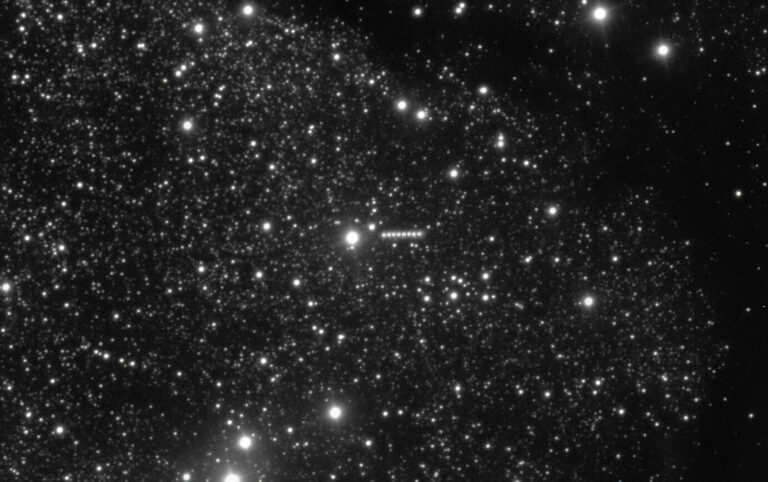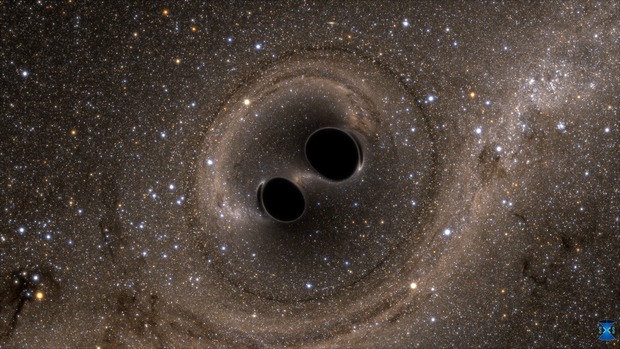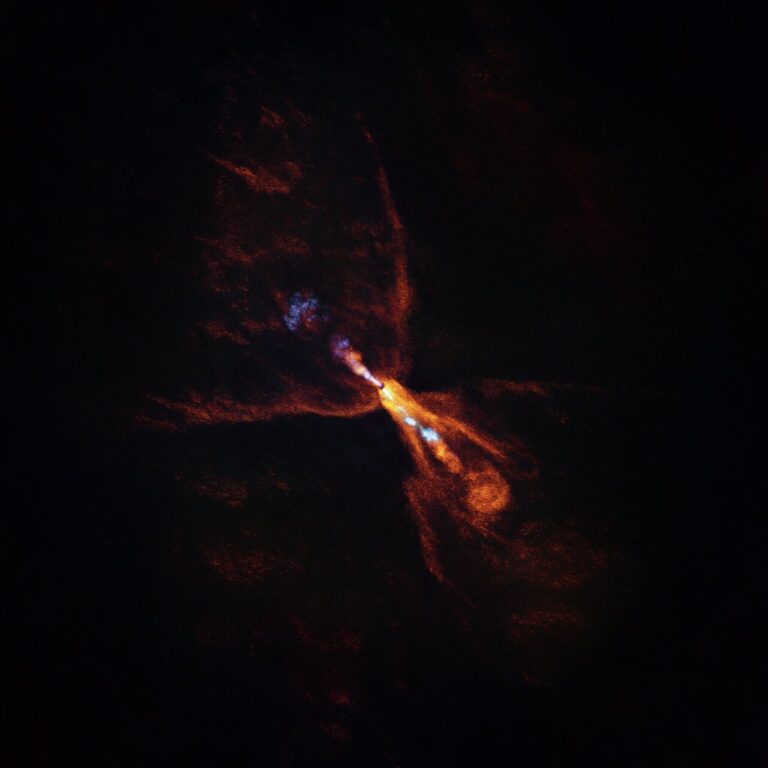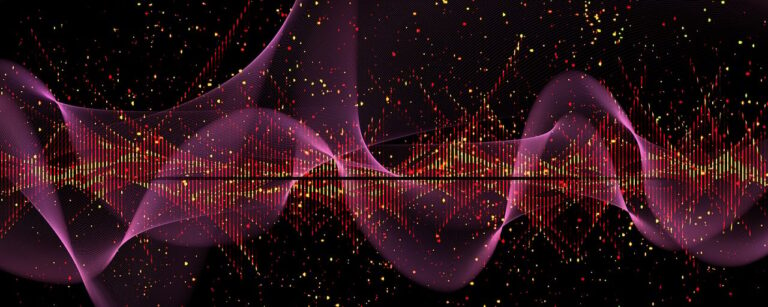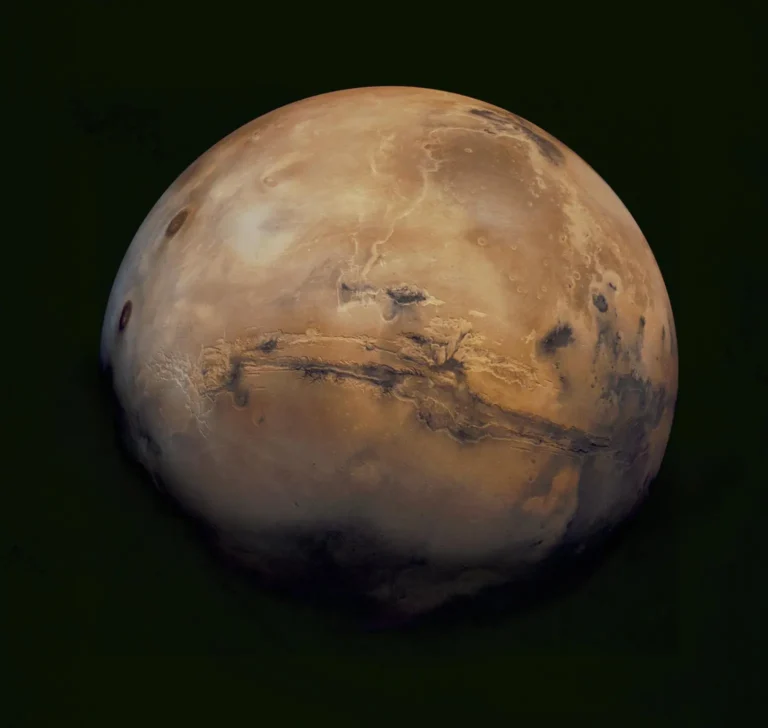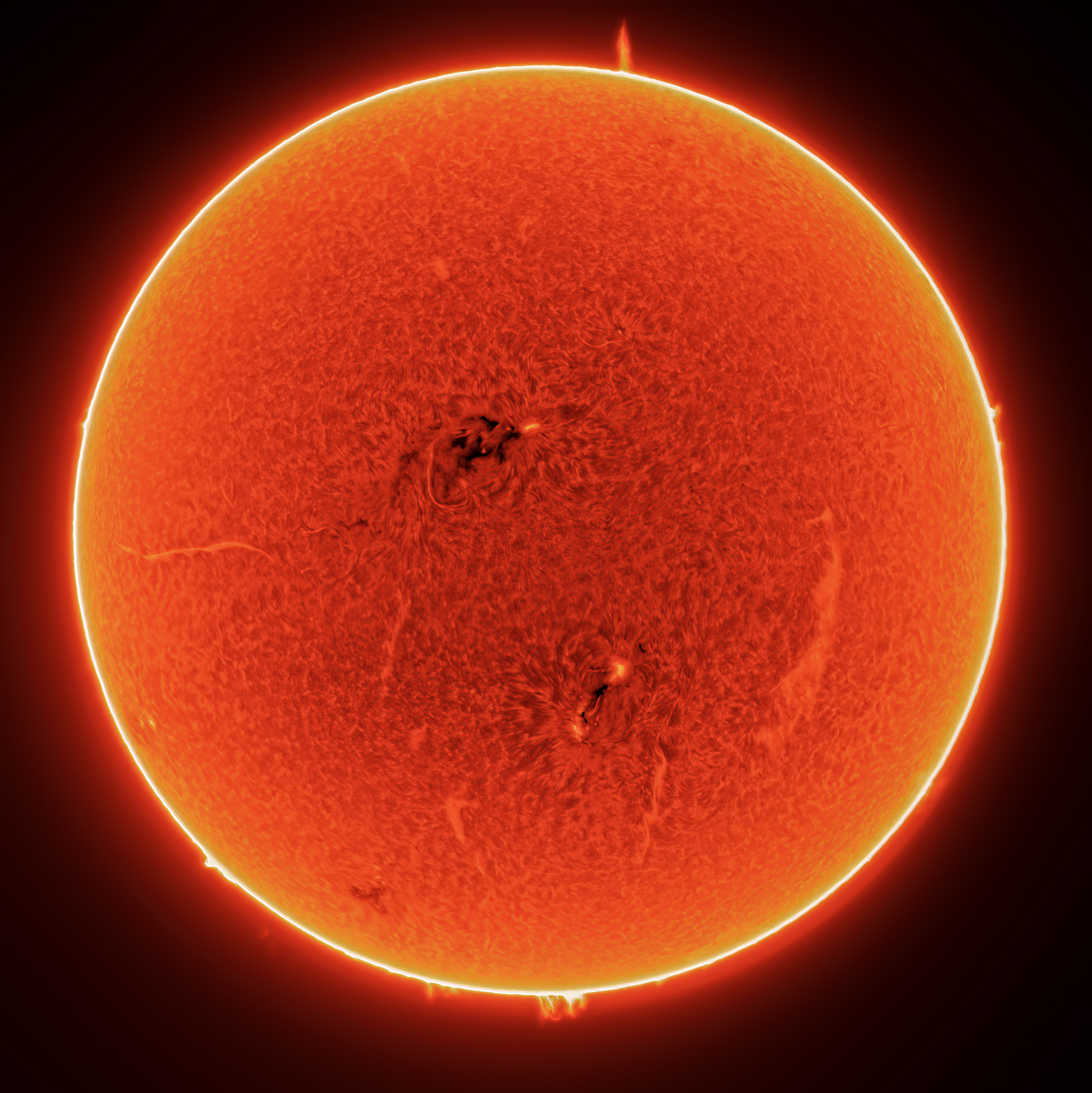
Key Takeaways:
All good things must come to an end. That’s true even for our Sun — as constant a presence as it may seem. While it has burned brightly in our planet’s daytime sky for 4.6 billion years, it will eventually run out of hydrogen in 5 billion years or so and swell into a red giant. Eventually, perhaps 7 billion years from now, it will expel its outer layers of gas into space and turn into a different type of object: a white dwarf, surrounded by a planetary nebula. (Despite the name, planetary nebulae have nothing to do with planets — the name comes from an era when crude optics made them appear planetlike.)
Planetary nebulae are some of the most popular observational targets in the sky — like the Ring Nebula (M57), the Owl Nebula (M97), or the Dumbbell Nebula (M27), to name a few. They can take on a variety of appearances depending on the angle at which we view them. When seen on-axis, they may appear roughly symmetric, like the Ring Nebula. But when seen edge on, they can look much more extended. In some cases, like the Dumbbell Nebula, the central white dwarf is wobbling like a top as it spins, which creates even more complex structure.
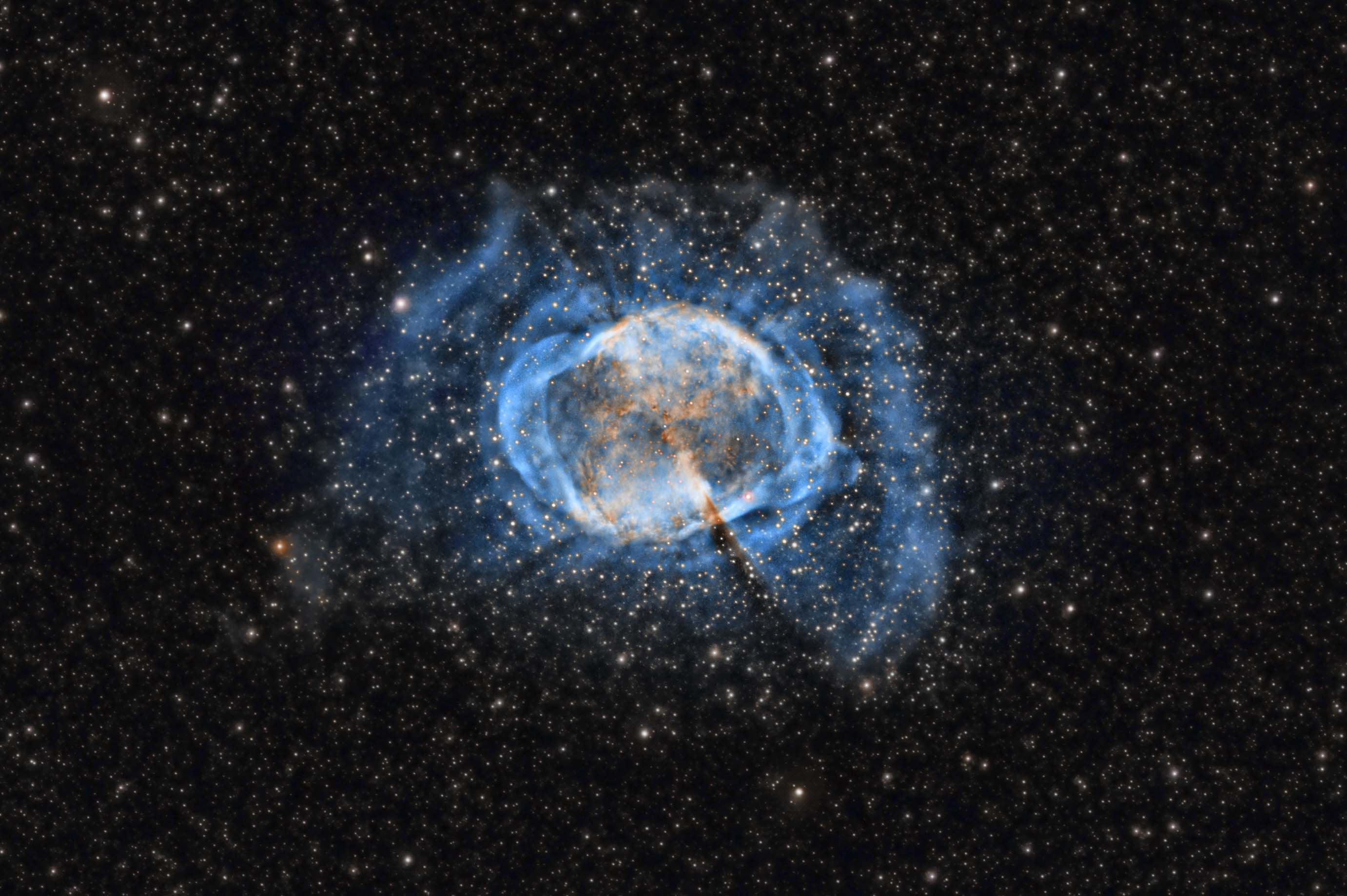
What will our Sun’s planetary nebula look like? Unfortunately, we’ll have to wait 7 billion years (and move to a distant star system) to find out.
Follow Astronomy magazine, the world’s best-selling astronomy magazine:
🌎 Website: https://astronomy.com
📖 Subscribe: http://subscribe.astronomy.com
📘 Facebook: https://www.facebook.com/AstronomyMagazine
📸 Instagram: https://instagram.com/astronomy.magazine
🐦 Twitter: https://twitter.com/AstronomyMag
Shop Celestron telescopes:
🔭 Website: https://celestron.com
Follow Dave Eicher:
📘 Facebook: https://www.facebook.com/davidjohneicher
📸 Instagram: https://instagram.com/eicher.david
🐦 Twitter: https://twitter.com/deicherstar

